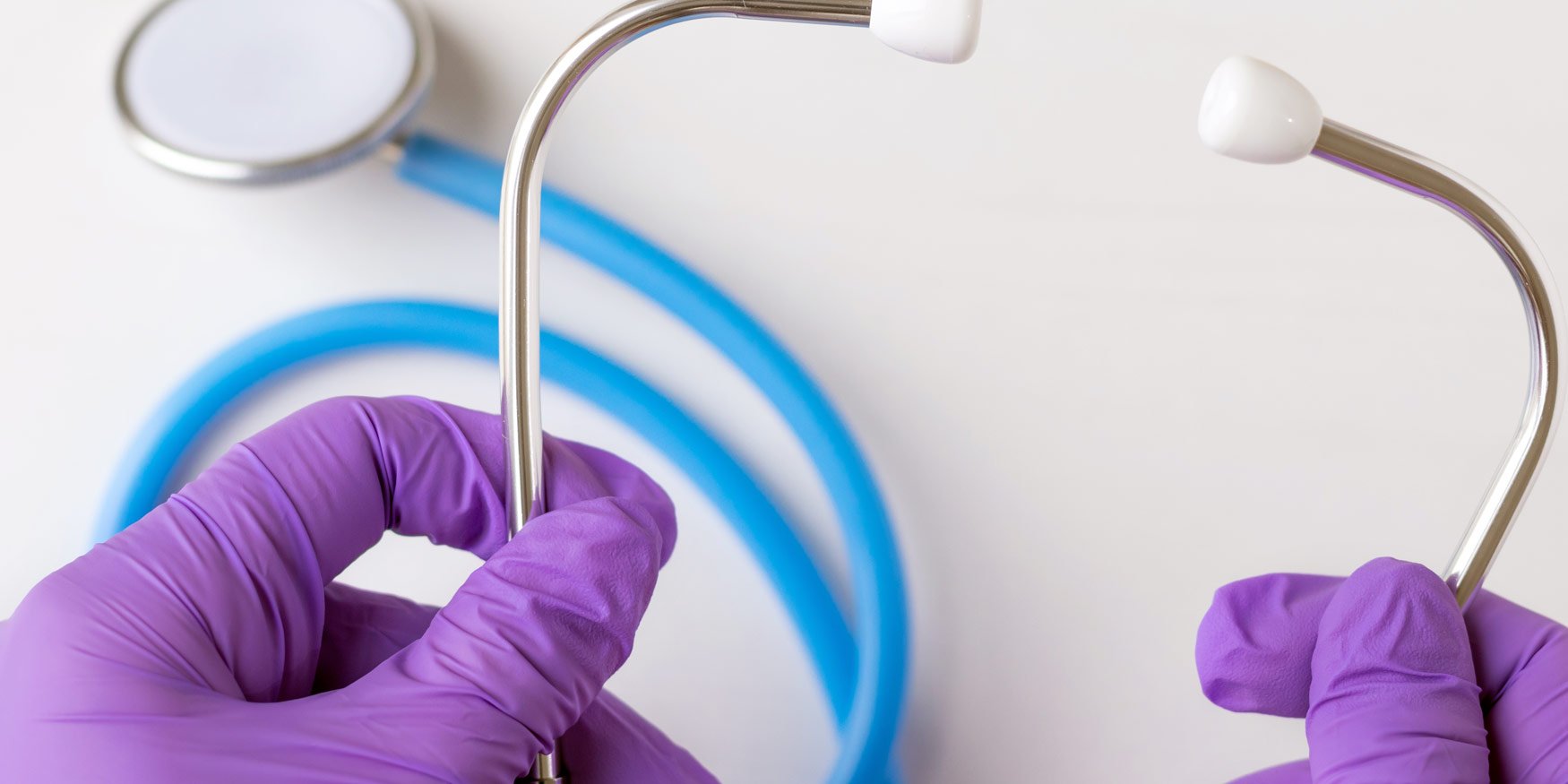A KEY DIFFERENTIATOR FOR JUNO IS THAT WE’RE USING REAL-WORLD INSIGHT GLEANED FROM ACTUAL CLINICIANS TO BUILD OUR EHR.
 That insight is integral to the changes we’re implementing and it’s a big reason why it’s so important for our nurses-turned-employees, like Ann, to attend events like HIMSS.
That insight is integral to the changes we’re implementing and it’s a big reason why it’s so important for our nurses-turned-employees, like Ann, to attend events like HIMSS.
Ann has spent nearly 10 years in healthcare IT, half of that time split with clinical nursing. She came into HIT almost by accident, having been on the front lines of the switch from paper charting to electronic health records. We caught up with Ann after HIMSS to get her take on the event and what excites her about the future of Juno EHR in the healthcare IT space.
Q: WHAT HAVE BEEN THE EFFECTS – POSITIVE AND NEGATIVE – OF EHRS IN THE ER/CRITICAL CARE?
When I started in the ER, we were on paper. My CNO asked for help to configure, build order sets, and train the physicians on CPOE. There was little to no training provided to me to achieve this task, but I had a tremendous amount of support from leadership which was essential to achieve a successful go-live. When we switched from paper to electronic, some big changes I noticed is that it did, in some respects, slow down the care. There was a wait time for certain things to get processed. But it also made certain things safer for patients: allergy checks, med checks, someone actually signing off on timing, there’s more accountability, honesty, double-checking, etc. Overall, I think EHRs have been a positive for patient care in the ER. Over time, care has gotten faster and functionality like multiple logins has helped with the teamwork aspect.
Q: WITH EACH SYSTEM BEING CUSTOMIZABLE, WHAT ABOUT STANDARDIZATION? ARE WE CATCHING EVERYTHING THAT NEEDS TO BE CAPTURED?
We do have standardization, and as a team we’re all doing configuration and we’re identifying templates to ensure things like ONC standards and core measure requirements are being met. Those types of templates are being flagged as required fields. Along with that, we’re streamlining vocabulary and the build process.
Q: WHAT WAS THE BUZZ INSIDE YOUR BOOTH AT HIMSS? WHAT FEEDBACK WERE YOU GETTING FROM DOCTORS, NURSES, ETC.?
No matter where I do a demo of Juno, the configuration aspect is drool worthy. You can decide what needs to change and when that change needs to be released. Anyone on the informatics side will appreciate this feature. We don’t have that coding background or that technical background. We have a user background and need to be able to make changes based on what makes sense to us. Our version of fixing something is just “click a button”; it should be that easy. So that’s what we’re working toward with Juno EHR.
Q: WHAT STICKS OUT FOR CLINICAL EXPERIENCES IN 2022?
My goal in helping with configuration is to fix all the pet peeves I have experienced in charting. No more double documentation. Not only is that going to make it better for anyone who needs access to a patient chart, but it also makes things better for the patient. Additionally, I would love to see all disciplines flow into one Flowsheet. I always say, a lung sound is a lung sound; doesn’t matter what discipline assessed and charted it. All that information should live in one place. That’s how I would love the chart to be: patient-centric, not discipline-centric.
Q: WHAT BROUGHT YOU TO JUNO?
It’s a once-in-a-lifetime opportunity to be on the ground floor of something truly special. I’m not just a cog in the wheel. I really feel I can do the things that need to be done, bring solutions to the professionals who can make things happen. I continue to practice clinically - now in hospice care - and everytime I work in hospice, or speak to my former colleagues that are still working in the thick of it, I hear the struggles, and amazing suggestions on how things could be better. If I can take away even one part of that struggle, that would be great.
We’ve been working hard on Juno EHR, and we like to use events like HIMSS as a litmus test to see how we’re stacking up against what’s already out there. Accounting for the clinician perspective is integral to what sets us apart, and having former nurses on staff to help guide our decisions is proving to be a real gamechanger.
Our interview with Ann is the second in a three-part series. Follow for more HIMSS insights from our booth crew.



